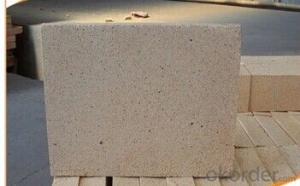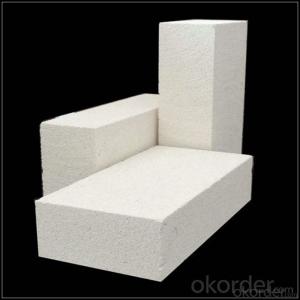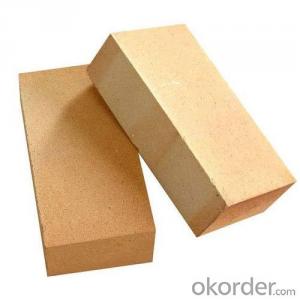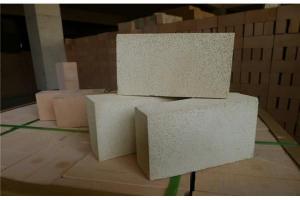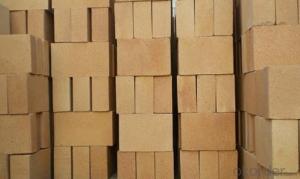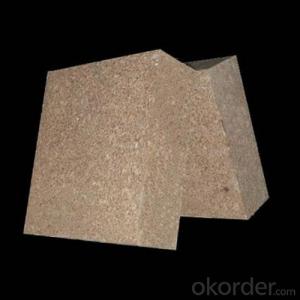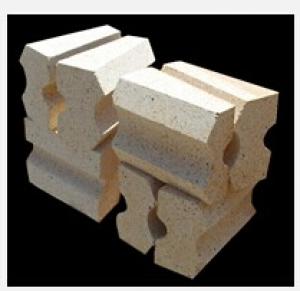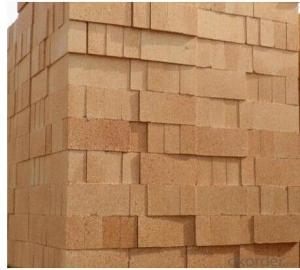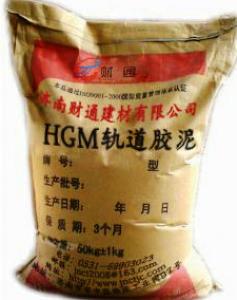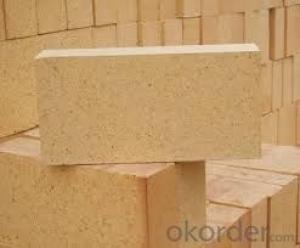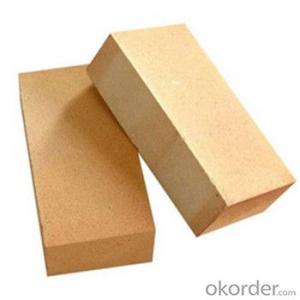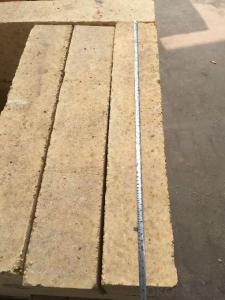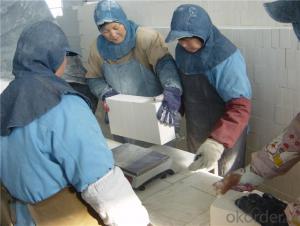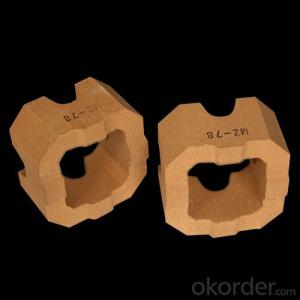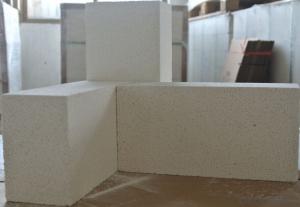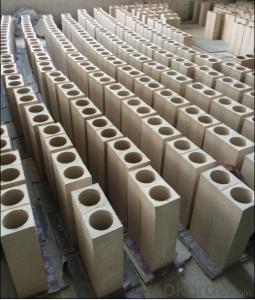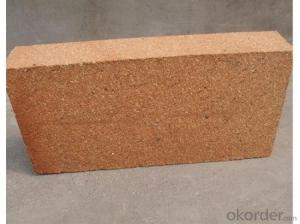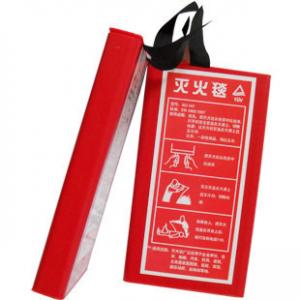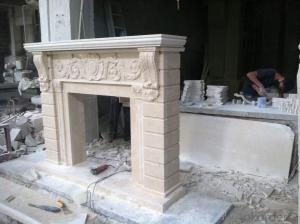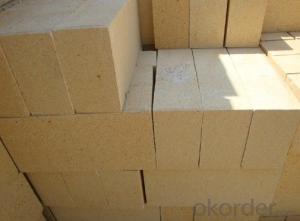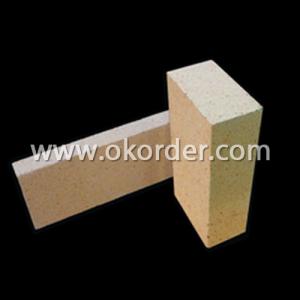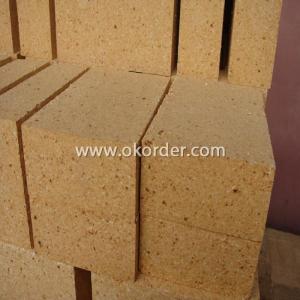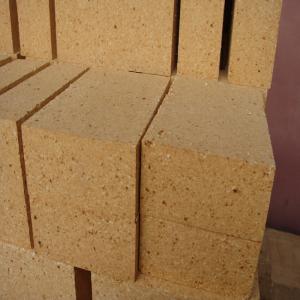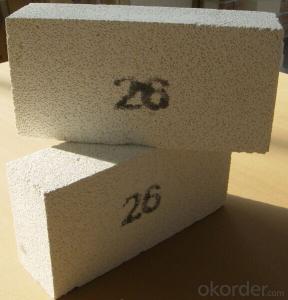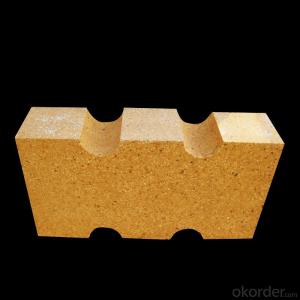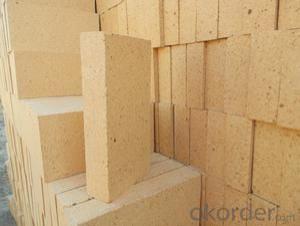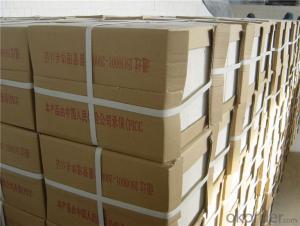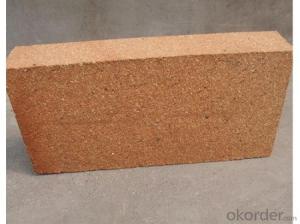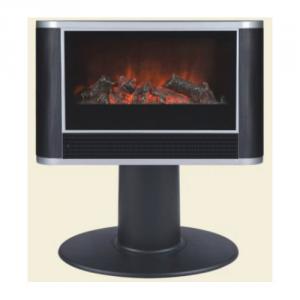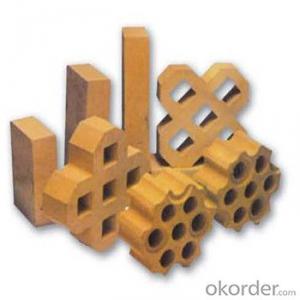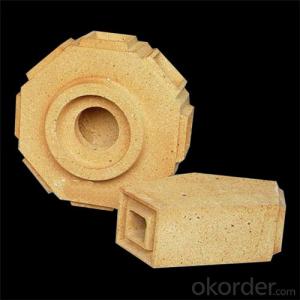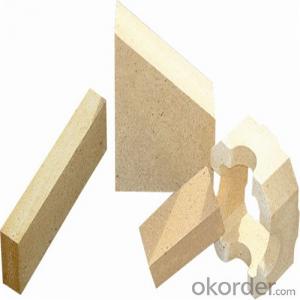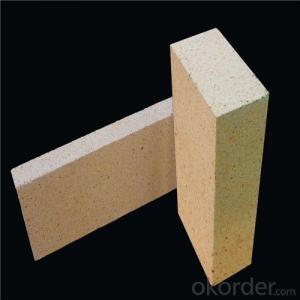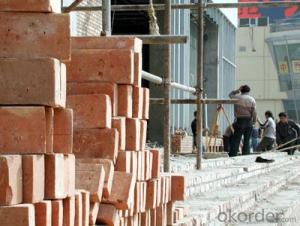Fire Clay
Fire Clay Related Searches
Indoor Fireplace Cast Iron Fireplace Hanging Fireplace Fireproof Rockwool Medium Duty Firebrick Electric Fireplace Faux Stone Furnace Repair Flame Proof Forklifts Real Flame Electric Fireplace Decorative Electric Fires Spray Concrete Corner Infrared Fireplace Fireplace Heat Exchanger Dark Wood Material Brick Cement Victorian Fireplace Concrete Shotcrete Masonry Brick Wall Forming Concrete Kiva Fireplace Fabricated Wood Fireplace Grate Blower Ceramic Fuel Filter Flour Combustible Cast Iron Fireplace Insert Classic Wood Furnace Fabric Yarn Engineered Wood Stone And Brick Masonry Fireplace DamperFire Clay Supplier & Manufacturer from China
Fire Clay is a versatile product that consists of a range of items such as fire clay bricks, fire clay refractory materials, and fire clay tiles. These products are designed to withstand high temperatures and are commonly used in industries that require heat resistance and insulation. Fire clay products are widely utilized in various applications, including kilns, furnaces, and other high-temperature environments. They are known for their excellent thermal shock resistance and ability to maintain structural integrity under extreme conditions.Fire clay products are essential in scenarios where heat insulation and fire resistance are paramount. They are used in the construction of industrial ovens, steel mills, and glass manufacturing plants, among other applications. Due to their heat-resistant properties, fire clay products are also popular in the production of pottery and ceramics, where high temperatures are required for firing. The usage of fire clay ensures that these high-temperature processes can be carried out safely and efficiently.
Okorder.com is a reputable wholesale supplier of fire clay products, boasting a large inventory that caters to the needs of various industries. As a leading distributor, Okorder.com ensures that customers have access to high-quality fire clay products at competitive prices. Their extensive inventory allows them to meet the demands of different applications, making them a reliable choice for businesses in need of fire clay materials.
Hot Products
